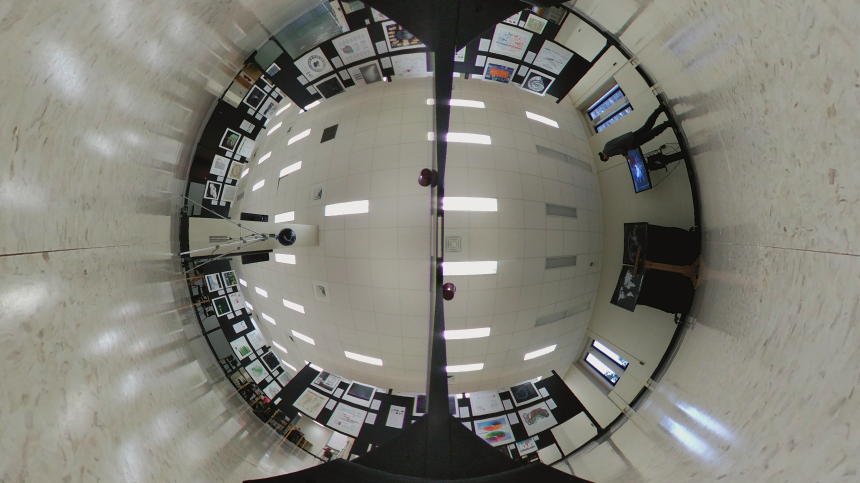Old school vs New school
Nowadays, the effectiveness of lectures seems to be decreasing as technology develops. Sitting in a classroom listening to a professor talking about a subject is not enough motivation for students to engage. Somehow the methods that were used for our parents to learn are no longer effective and they are killing the motivation for students to learn in the classroom. I personally think that it is not just one party to blame. I think this is an adaptation struggle, parties who participate int he educational system are having troubles adapting to the new contexts.
Students should feel motivated to learn, to understand that the courses they take in college, and the material they learn there, has been designed to somehow prepare them for the professional world. While society should eliminate as many barriers as possible for enrollment–For example, the article that describes Obama’s attempts to reduce the financial barriers–, students should also work hard to earn grades, and pass courses.
Similarly, the subjects of learnings, students, are no longer the students that the educational system was designed for. Current students have access unlimited information in their pockets. Students learn to solve problems and adapt through video games and digital applications. The peace of communications has increased exponentially and accordingly, their learning habits. We need to continue evolving and adapt to the new world, without discarding the previous successful methods of education.



 What I have learned, is that perfection does not exist. Mentioned that, there are no right or bad way to do things. Each person is different, so, maybe someone can adapt quicker to technology, or maybe someone have better creative skills and can innovate easily. It is a fact that we are living a new culture of learning and it is revolutionizing the way to do it. In order to survive, the real challenge is to be aware of your own skills, talents, and detect the best fit for yourself.
What I have learned, is that perfection does not exist. Mentioned that, there are no right or bad way to do things. Each person is different, so, maybe someone can adapt quicker to technology, or maybe someone have better creative skills and can innovate easily. It is a fact that we are living a new culture of learning and it is revolutionizing the way to do it. In order to survive, the real challenge is to be aware of your own skills, talents, and detect the best fit for yourself.


